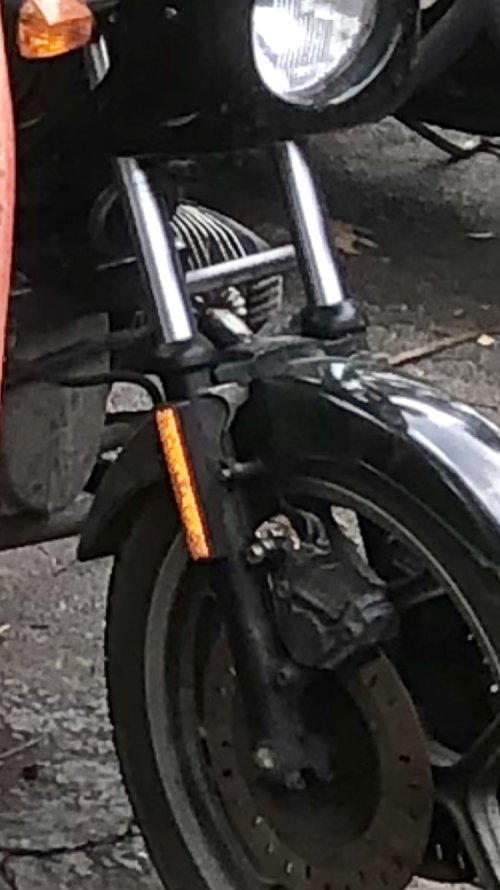Aforementioned bike....for the last 10 years of ownership I've had fork seal leakage. I've replaced the fork seals 3 times now. Every time I have used the OEM BMW seals....the blue ones. ALWAYS checking for damage and unusual wear. It always works just fine and then after about 3 to 6 months or so, the new fork seals always start leaking. I generally use ATF (the equivalent of 7.5w) in all my bikes and do NOT have any problems in the other bikes.
Every source states that the fork oil capacity is 320ccs. Basically the fork oil has all slobbered out and it is not leaking (as bad) anymore. So yesterday I decided to try a little experiment: I drained each fork leg to determine just how much oil was left in each fork. Each fork had about 200ccs in it. So what I did was to compress the forks all the way by ratcheting down the front suspension all the way bottoming it out. I then measured out 320cc to see just how much can actually be poured into each leg when the forks are fully compressed.
The result? Each fork leg would only accept about 250cc of oil at the most.
My question: Where there different forks offered during those years? Is this an anomaly?
My tentative solution: Run 175cc-200cc in each fork leg...what problems can I expect by using the minimum amount of oil possible?
Every source states that the fork oil capacity is 320ccs. Basically the fork oil has all slobbered out and it is not leaking (as bad) anymore. So yesterday I decided to try a little experiment: I drained each fork leg to determine just how much oil was left in each fork. Each fork had about 200ccs in it. So what I did was to compress the forks all the way by ratcheting down the front suspension all the way bottoming it out. I then measured out 320cc to see just how much can actually be poured into each leg when the forks are fully compressed.
The result? Each fork leg would only accept about 250cc of oil at the most.
My question: Where there different forks offered during those years? Is this an anomaly?
My tentative solution: Run 175cc-200cc in each fork leg...what problems can I expect by using the minimum amount of oil possible?


